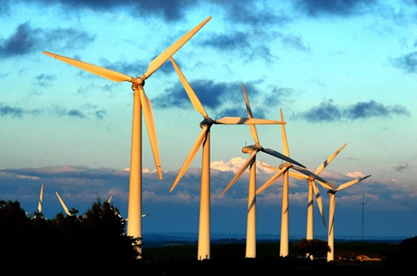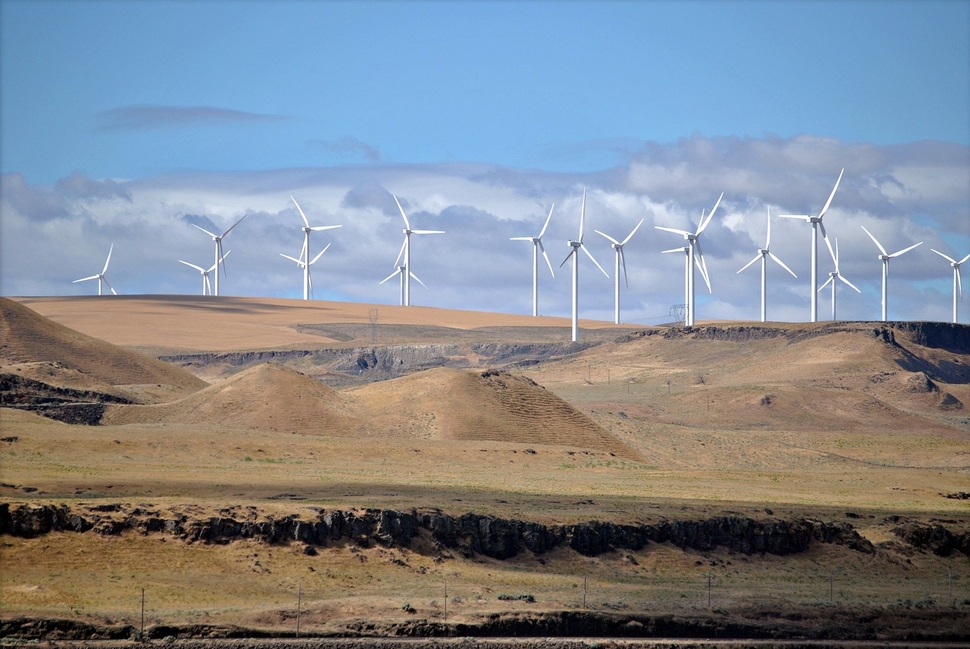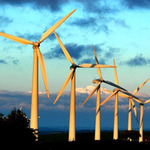What to do when you have a problem and you cannot find a solution? A solution might be to innovate. You will innovate yourself out of your problems. But even when you innovate you will have boundaries. Sometimes you cannot do both A and B. That is the same with moral overload. We want too much and because of that engineers are having moral overload problems. We should not put too much pressure at them. We should accept the fact that we cannot always get what we want to. This is almost like a spoiled child that wants everything and you keep giving everything to the child. The child will never learn to accept that you cannot get everything you want.
The same problem are we facing, for example, with the CO2 emission problem. We want less CO2 but a wind park cannot be built in our backyard. The customers demand too much. But on the other hand companies should also listen more to the customers. You have to listen to the citizens of that neighbourhood where you plan to build a wind park to hear what their concerns are. There are risk scholars that have argued that laypeople have a different, but equally good rationality as experts. Laypeople often think more with emotions than the experts. Emotions can be based at rationality and therefore we should take emotions seriously in account. Emotions are not necessarily a threat to rationality. So now we know that emotions are important, are they the key to overcome the big gap between laypeople and experts and make a wind park possible? I think emotions are indeed the key to overcome this gap. When you take emotions serious, the laypeople will notice it and feel that their concerns are taken seriously in account. You will also overcome the NIMBY effect. This effect is the ‘not in my backyard’ effect that a lot of people have when, for example a wind park is planned to be built in your neighbourhood. The acceptability of such a wind park project is determined not only by the characteristics of the technology but also by the decision-making procedure. Are you fair, transparent and other factors decide whether people will feel that the decision-making procedure has been ‘good’. A lot of people think that the NIMBY effect is because of bad information distribution. So the engineer will probably focus in his communication on providing technical facts and explain the safety of the project. Yet, actually, the public may be more concerned about procedural issues, such as fairness and transparency. The engineer should therefore focus more on the procedural questions.
So to wrap it up, the citizens should be less demanding. And the engineers should not give only technical information but also procedural information ,guarantee that procedure will be good and take laypeople and their emotions more serious. This can be the recipe to make more wind parks and safe the environment!



